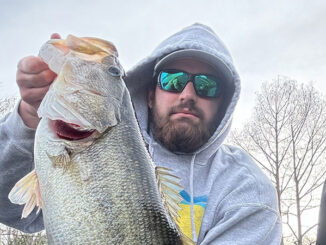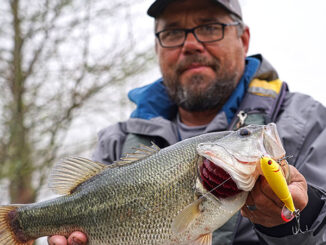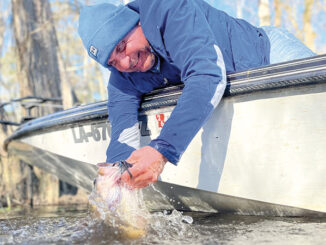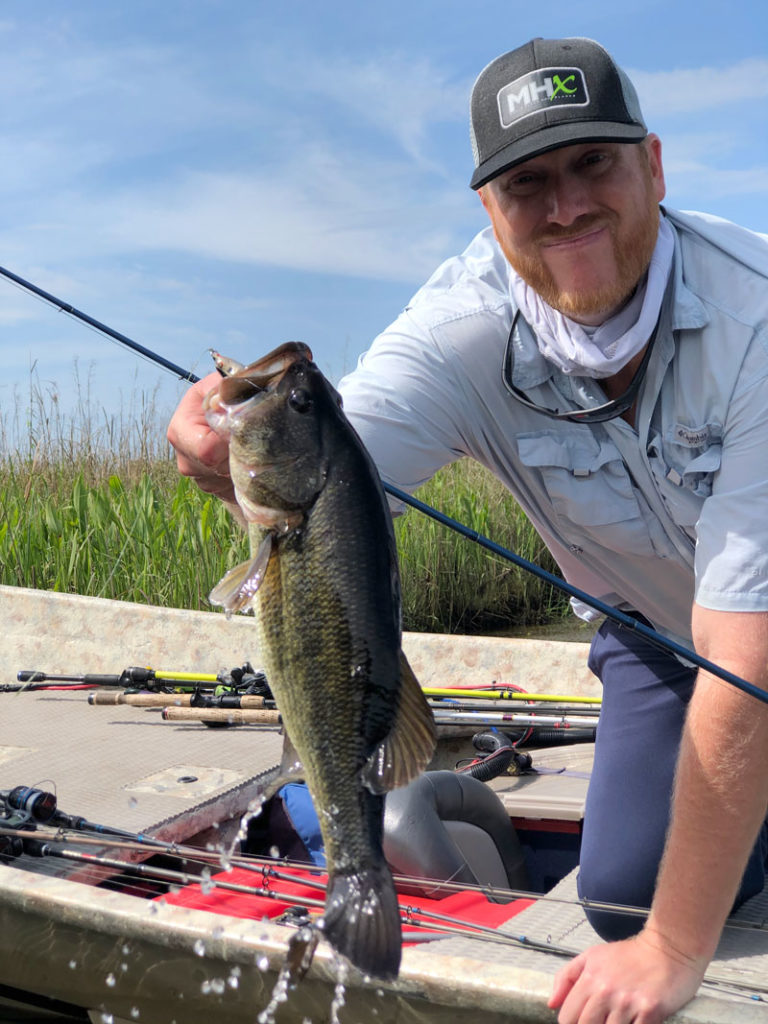
The Pearl River Delta is a vast area, encompassing more than 40 square miles. Fortunately for bass fisherman Eric Ciko of Slidell, he only needs to go a couple minutes from the launch to find fast bass action in the marsh.
Ciko fishes south of the East Pearl River launch on Highway 90, and he says that in May, it’s all about quantity over quality.
“I’ve had days where I can catch 60 to 70 bass in one of these canals in the marsh,” Ciko said. “Now, these fish aren’t going to be tournament-winning fish, but fry them up, and you can’t tell the difference in a 12-inch bass and a bream.”
While the average fish ranges from 12 to 14 inches, Ciko said he usually is able to put at least one or two bigger fish, from 3 to 5 pounds, in the boat each trip.
Payback time
The post-spawn funk is nearing an end, and bass are starting to get back into a more-regular feeding pattern. Ciko is still seeing spawning bream in the shallows, and it’s time for payback.
“All through the bass spawn, these bream are eating the bass fry,” he said. “Now, it’s time for payback as the bass are going into feeding mode, and the bream are still bedding and guarding their fry.”
The arctic blast in late February seems to have pushed the bass spawn back a few weeks, and the bream spawn should lag into May. This is the perfect opportunity for hungry bass to take advantage of bedding bream.
Proof of this comes with the color of lures Ciko has been having success with.
“The bass are chewing on anything that matches the color of a bream,” he said.
Ciko’ss go-to bait for marsh bass in May is a 5-inch Senko, rigged weightless on a 4/0 Gamakatsu round-bend, offset hook. He said he has a higher hook-up ratio using the round-bend over a wide-gap hook.
If you don’t have any Senkos in bluegill colors, Ciko finds junebug is a close-enough match to spawning bream in the tannin-colored waters.
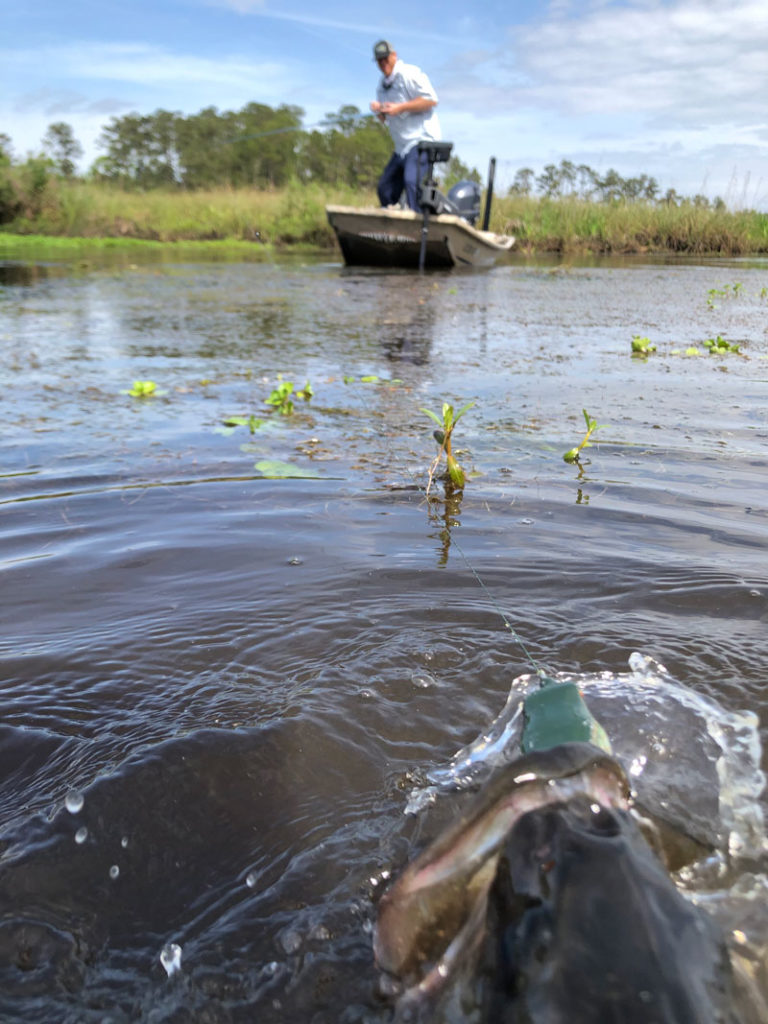
Another top choice of Ciko’s is a hollow-bodied frog like a Booyah Pad Crasher Jr. in bream color.
“Believe it or not, they make bream-colored frogs,” he said. “Anything with a mixture of orange, purple, green and blue will work.”
Fluoro wins out
When using a Senko, Ciko’s line of choice is fluorocarbon. He uses 14-pound line, which allows the plastic to have a more natural movement.
“I find that the fluorocarbon lets the baits sink more naturally after the pop,” Ciko said. “I can work it fast over the grass to try and get a reaction bite, then stop it on the edge and let it fall.”
The turbulent East Pearl is known for its muddy water, but as it starts to clear in those backwater canals, fluorocarbon becomes more important for drawing strikes. For the hollow-bodied frog Ciko prefers braid.
“On topwater baits, line visibility doesn’t matter, plus, braid floats so it helps you get more action out of your frog,” he said.
Technique
Because the river feeds into Lake Borgne, it makes fishing the area a challenge with tides coming into effect. Ciko’s favorite tide is a hard, falling tide, because it moves the bait down the canals, and as the tide falls, the canals start to clear up.
With the submerged grass that lines the canals comes the perfect ambush points for hungry bass recovering from the spawn.
“These bass will come and sit in the grass that runs along the shoreline,” Ciko said. “Then when the current forces the baitfish down the canal they’ll jet out and slam them then go right back into the grass.”
Dividing line
The East Pearl River serves as the border between Louisiana and Mississippi. Ciko reminds fishermen to be mindful of the border and remember you are technically fishing in Mississippi when you’re on the eastern side of the river. Ciko carries Louisiana and a Mississippi fishing licenses but said it’s worth it.
“With all the fish I catch on the Mississippi side, it’s well worth the cost,” he said.
